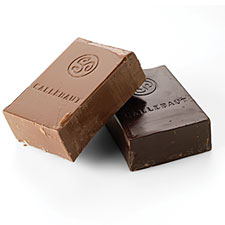frankenstoen from Portland, Oregon
Pungent and smokey in flavor, these mushrooms increase the depth of taste of many dishes. When you cook with re-hydrated Shiitake that have already been de-stemmed, you have the added benefit of being able to use the Shiitake 'soaking water' as a base for soups or sauces, or in which to cook grains. Just one cup of this liquid goes a long way in imparting flavor.
Here are several of my favorite ways to cook Shiitake:
1. Sliced thin in a 3-egg omelet made with fresh mung bean sprouts and sea salt
2. Chopped rough in a chicken/broccoli stir-fry with onions, sea salt and a shake of hot pepper flakes
3. Long simmered in a tomato sauce served over pasta shells
4. In brown rice made with chopped onions, Shiitake and their 'soaking water'
5. In "Hot Shiitake Soup" made with chicken, baby bok choy, onions, garlic, fresh ginger, sea salt and hot pepper flakes
4. In brown rice made with chopped onions, Shiitake and their 'soaking water'
5. In "Hot Shiitake Soup" made with chicken, baby bok choy, onions, garlic, fresh ginger, sea salt and hot pepper flakes
6. And last, but not least, they are wonderful when chopped fine and used in a turkey stuffing!
Health benefits and nutritional information:
http://www.whfoods.com/genpage.php?tname=foodspice&dbid=122
http://www.elements4health.com/shiitake-mushrooms.html















